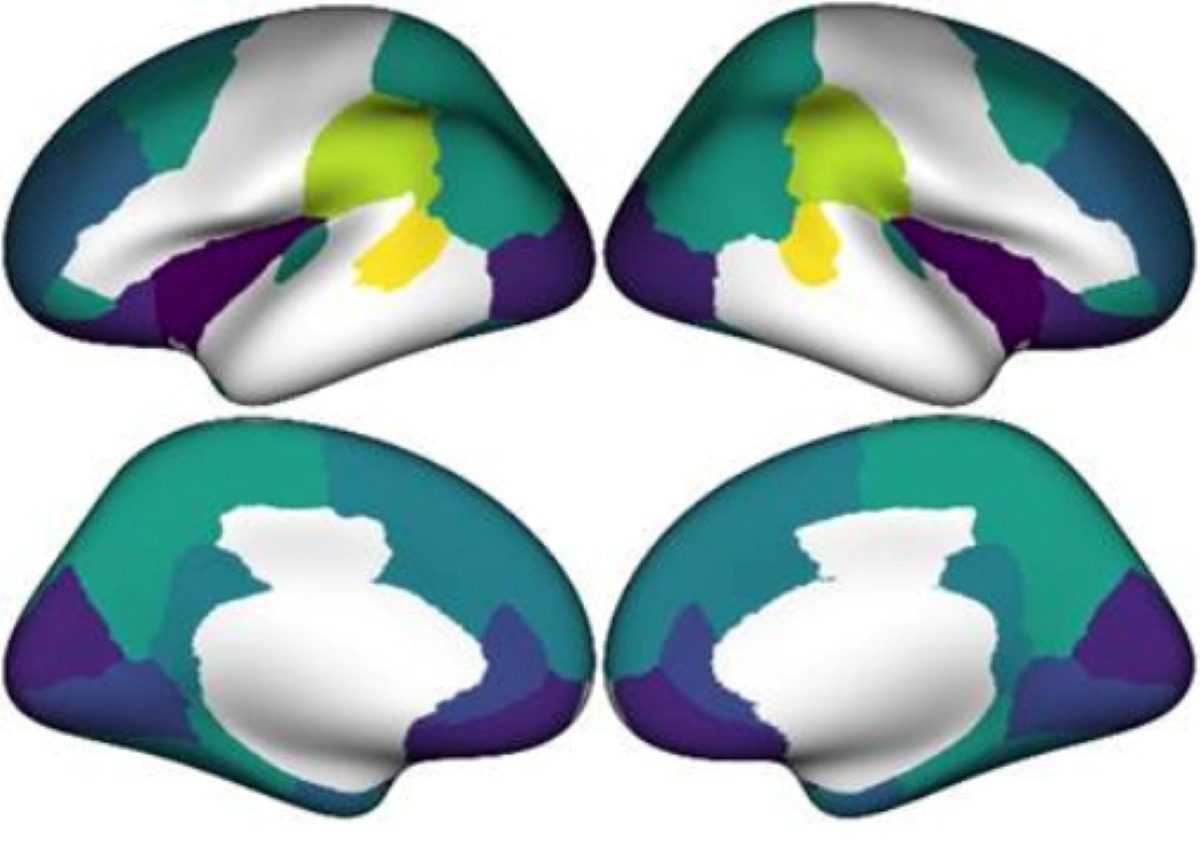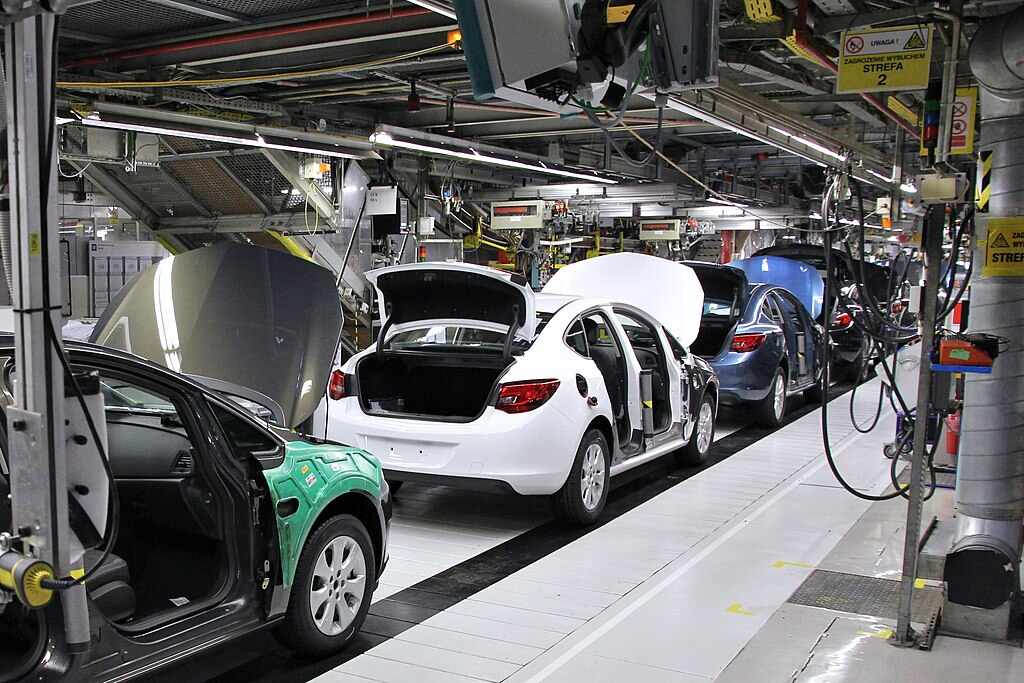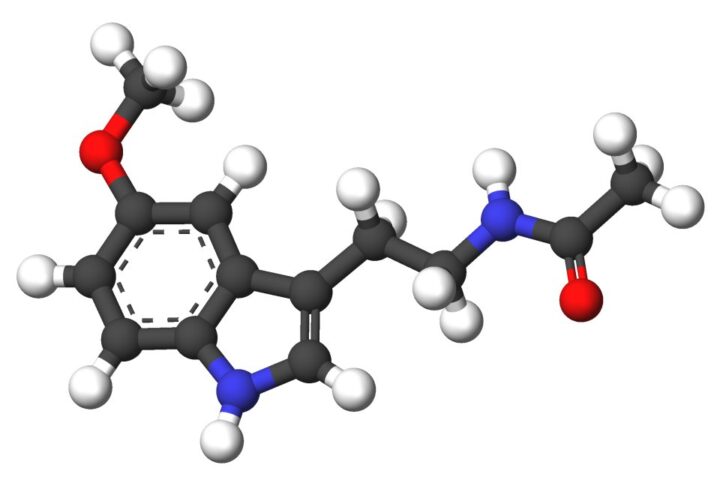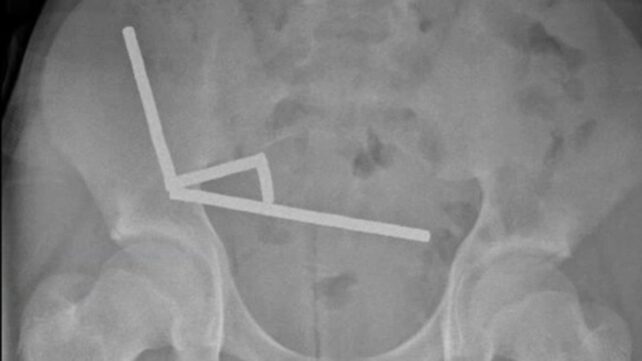New research reveals that income inequality in society is linked to children’s brain development, regardless of their family’s wealth. This groundbreaking study shows how the gap between rich and poor is associated with structural brain differences in children and linked to poorer mental health.
Scientists from the University of York, King’s College London, and Harvard University examined MRI scans from over 10,000 children aged 9-10 across 17 U.S. states. Their findings, published in Nature Mental Health on September 30, 2025, demonstrate for the first time how societal inequality is linked to altered brain structure and function.
Children living in states with higher inequality showed reduced cortical surface area and altered connections between brain regions involved in emotion, attention, memory, and language. These brain changes were later connected to worse mental health outcomes when the children reached ages 10 and 11.
Similar Posts
“This isn’t just about individual family income – it is about how income is distributed in society,” explains Dr. Divyangana Rakesh from King’s College London. “Both children from wealthy and lower-income families showed altered neurodevelopment, and we established that this has a lasting impact on well-being”.
The research used the Gini coefficient to measure inequality in each state. This scale ranges from 0 (perfect equality, where everyone has the same income) to 1 (maximum inequality, where one person has all the income). States with higher inequality included New York, Connecticut, California, and Florida, while Utah, Wisconsin, Minnesota, and Vermont showed more equal distributions.
Professor Kate Pickett from the University of York emphasizes that reducing inequality is a public health issue, not just an economic one: “The brain changes we observed in regions involved in emotion regulation and attention suggest that inequality creates a toxic social environment that literally shapes how young minds develop, with consequences for mental health and impacts that can last a lifetime.”
Scientists believe these brain changes occur because living in unequal societies increases status anxiety and social comparison. This disrupts cortisol levels – a hormone linked to stress – creating strain on the brain during critical developmental periods.
The researchers analyzed questionnaires that measured depression and anxiety symptoms when the children were 10 and 11 years old, six and eighteen months after their MRI scans. The results showed a clear pathway: inequality was associated with brain alterations, which in turn were linked to worse mental health.
Professor Vikram Patel from Harvard University notes, “These findings add to the growing literature which demonstrates how social factors, in this instance income inequality, can influence well-being through pathways which include structural changes in the brain.”
The study suggests several policy approaches that could help protect children’s developing brains. Dr. Rakesh recommends “progressive taxation, increased social safety nets, and universal healthcare” to reduce the stressors affecting children in unequal societies. She adds that “community-building initiatives and investments in public infrastructure could also promote trust and social cohesion.”The research team is now interested in comparing these findings to other countries. They point to the UK, especially London, as an area with significant inequality that would benefit from similar studies at the county and borough levels.



















